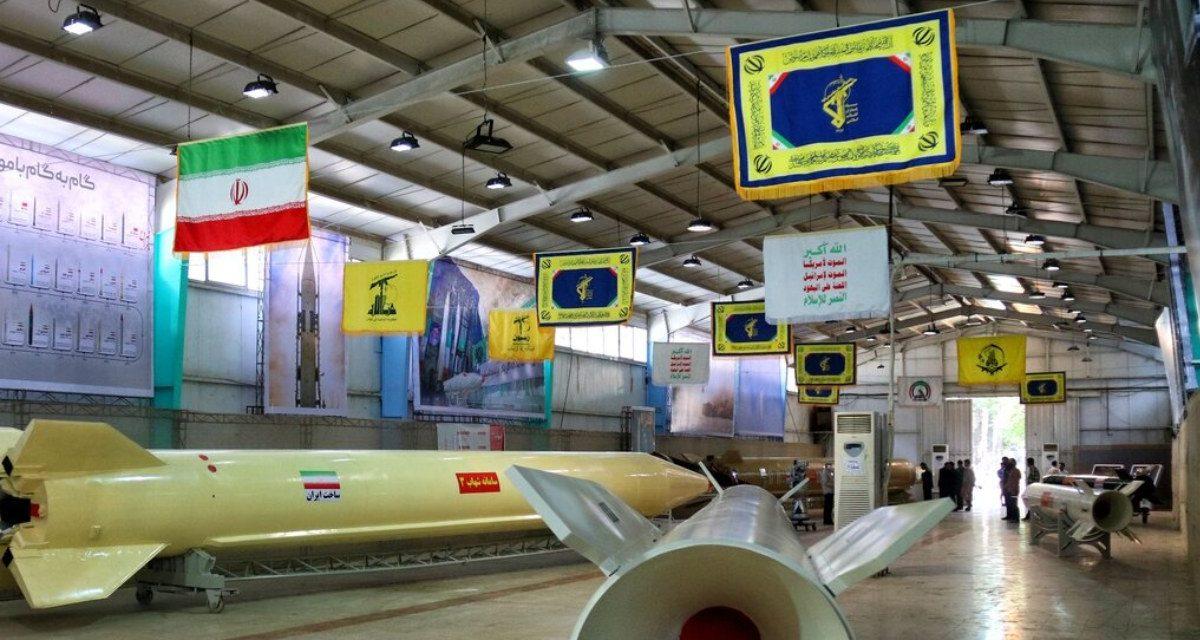In recent months, the Middle East has seen a surge of activity from a variety of actors. The Houthi movement in Yemen has launched dozens of attacks on commercial ships transiting the Red Sea, causing economic impacts that have reverberated around the globe. Meanwhile, militant groups in Iraq and Syria have increasingly directed their violent activities against US interests in the region, with reports of as many as 160 attacks against US forces over the course of four months—including a deadly drone strike against a facility housing US servicemembers along Jordan’s border with Syria. And observers have watched increased Hezbollah activity from the group’s base in southern Lebanon for signs that it could emerge as a second theater of combat alongside Israel’s campaign against Hamas in Gaza.
All of these groups share one important feature: support from Iran. But what do those individual relationships between Tehran and each militant group look like? How do they differ? How should US policy—vis-à-vis both Iran and its network of proxies—reflect those differences? And how closely is all of this activity actually related to the October 7 Hamas attacks against Israel and the subsequent Israeli military operation in Gaza?
To explore these questions, John Amble is joined on this episode of the MWI Podcast by Jonathan Panikoff. He has served in a variety of key positions in the US intelligence community, including as the deputy national intelligence officer for the Near East at the National Intelligence Council. He is currently the director of the Scowcroft Middle East Security Initiative at the Atlantic Council’s Middle East Program. He brings that wealth of experience and deep knowledge to a discussion on an important subject: How should we conceptualize Iran’s proxy network and how can US policy be crafted to respond to its wide-ranging provocations?
You can listen to the full episode below, and if you aren’t already subscribed to the MWI Podcast, be sure to find it on Apple Podcasts, Stitcher, Spotify, TuneIn, or your favorite podcast app.
Image: An IRGC exhibition in Iran featuring equipment of the IRGC Aerospace Force and showing the flags of Iran, the IRGC, and various groups it is aligned with, including Hezbollah and the Houthi movement. (Credit: Yahya Biabadi, Mehrnews, via Wikimedia Commons)


Can we get an article about the CIA proxy network, it would have to be a longer and more extensive article though.